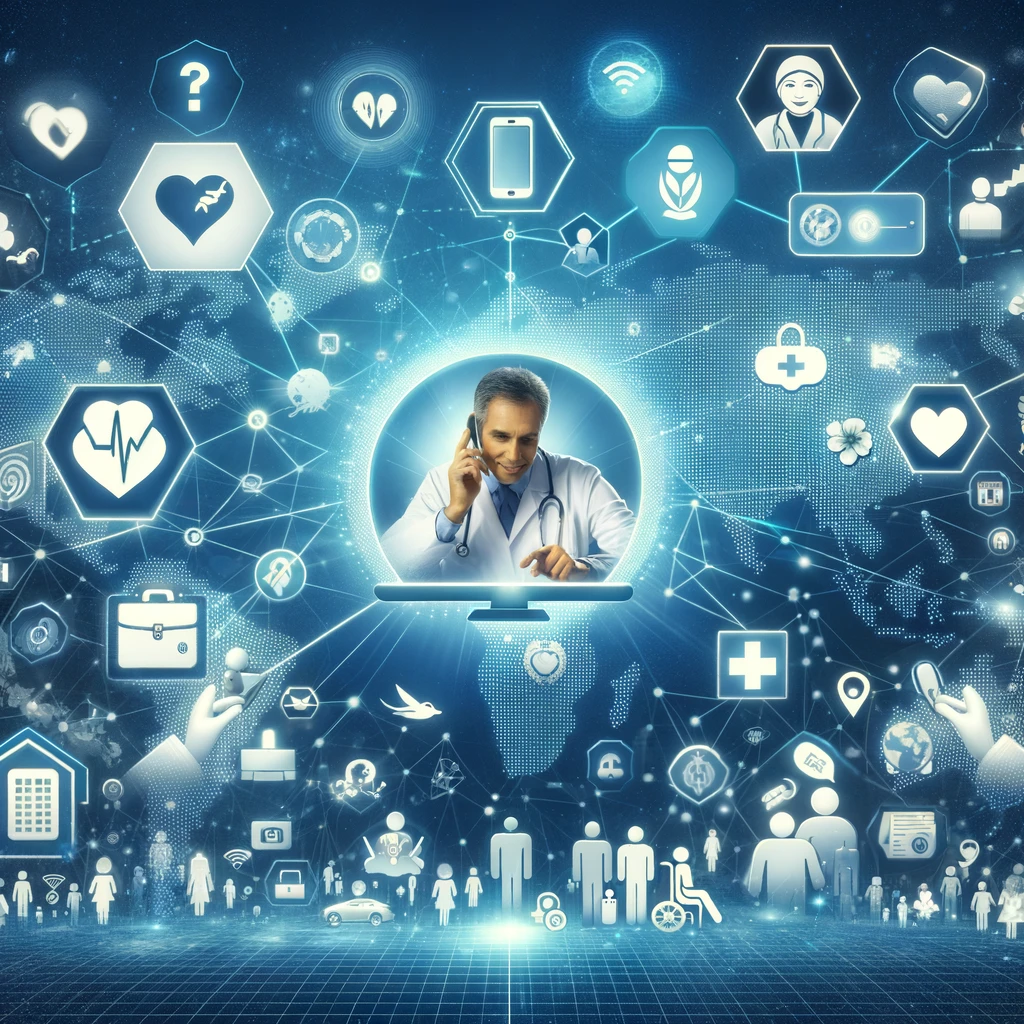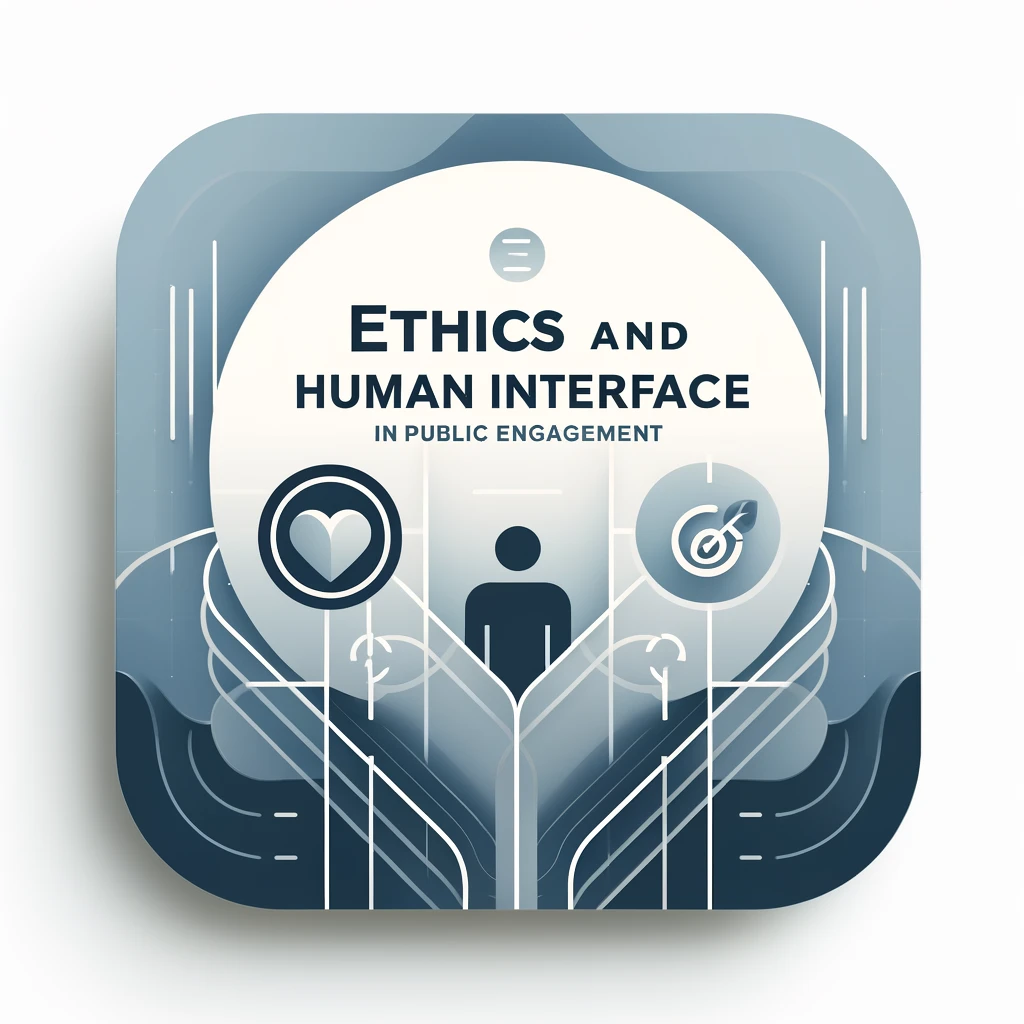Health Information Technology revolutions have transformed the sector into providing better, more accessible, and more efficient care. Every advancing electronic health record concept, telemedicine, and diagnostic capability via AI brings the role of IT more significantly aligned with the environment as well as human health to date. These technologies not only have better outcomes but sustainable healthcare practices also cut down waste and optimize resource utilization.
- HIT increases the reach of healthcare services through telemedicine, thereby ensuring that it reduces some geographical distance between patients and healthcare providers.
- AI-driven diagnostics enable faster and more accurate identification of diseases-leading to better patient outcomes.
- Electronic health records streamline information flow/sharing; they reduce administrative burdens and enhance coordination involving more than one healthcare provider.
Telemedicine and Remote Healthcare
Telemedicine and remote health care transform access to medicine, diminish the quantity of environmental impact associated with travel, and often underscore the role of IT in environment and human health through efficient, sustainable practices.
Growth and Impact
- Increased Accessibility: Telemedicine has improved the ways access to healthcare could be received, especially in rural and underserved areas. Patients can consult specialists or get consulted without having to travel, thereby reducing waiting times and costs for transportation.
- Pandemic Response: The COVID-19 pandemic has pushed telemedicine forward among all adopting health-care professionals who carry on virtual consultations to ensure continuity of care but reduce exposure.
Case Studies
- Apollo TeleHealth: Apollo TeleHealth is in India and offers teleconsultation across specialties. It delivers remote services to rural villages to bridge the urban-rural divide in health care delivery.
- Teladoc Health: Teladoc Health offers telemedicine services with the availability of general medical, behavioral health, and dermatological counseling in the United States. Teladoc saw a jump of 200 percent in virtual visits during the COVID-19 pandemic.
Challenges
- Technology Limitation: In some areas, the scarcity of internet connectivity and lack of digital skills can limit the use of telemedicine.
- Legal Issues: It is challenging to integrate telehealth because of the guidelines that are region-specific and protecting the privacy of patients along with data security.
Future Development
- Use of EHR: The telemedicine applications would be heavily integrated with the EHR system to easily manage patient data. This would enhance the continuity of care.
- Advancements in Remote Monitoring: Telemedicine will have further evolutions in remote monitoring technologies, which can ensure better management of chronic diseases and post-surgical care.

EHR
Electronic Health Records (EHR) streamline patient care through the digitizing of the histories, hence making it more accessible and efficient while at the same time highlighting the role of IT in the environment through sustainable, paperless healthcare practices.
Advantages
- Streamlined Patient Care: For health providers, EHR offers real-time patient information, which further reduces the error rates and makes better-informed treatment decisions.
- Improved Coordination: EHR helps to coordinate the various healthcare providers more effectively through the efficient transmission of information about patients especially with complex disorders.
Case Studies
- Mayo Clinic: The implementation of EHR in Mayo Clinic streamlined the complexities of access in patient information regarding various facilities in the Mayo Clinic. Coordination of care and outcomes of patients have experienced improvement because of this.
- NHS Digital, UK: UK’s National Health Service, NHS, uses EHR for an integrated patient record to advance efficiency in healthcare delivery.
Challenges
- Complex and costly setup: The cost of establishing the EHR systems is very high and mainly to small healthcare organizations.
- Data privacy breach: The problem of data security and privacy is significant in EHR systems, with a danger of breaching the records and access unauthorized.
Future Improvements
- Interoperability: Across different EHR systems will be done to achieve easier data sharing.
- Patient-Centric Records: Greater patient-centric EHR systems that have greater control and accessibility granted to the patients over their health data.

Health Data Analytics
Health data analytics employs big data in enhancing health outcomes that contribute to personalized therapies and decision-making, focusing through IT data-driven insights, particularly the role IT will play in the environment and human health.
Applications
- Predictive Analytics Predictive analytics uses historical data to forecast future health trends and identifies at-risk populations thus facilitating proactive interventions for their care.
- Clinical Decision Support: Data analytics supports clinical decision-making, thereby providing evidence-based recommendations or the most relevant treatment.
Case Studies
- Kaiser Permanente: Kaiser Permanente leverages health data analytics through its integration with EHRs and other sources for population health management and patient outcomes improvement.
- IBM Watson Health: The analytics are applied to oncology, and through it, the oncologists are now able to make enlightened treatment decisions by understanding all the newest research and patient data.
Problems
- Data Integration: The integration of data across divergent sources such as EHRs, wearables, and other data from patients creates a huge technical challenge.
- Data Privacy and Security: There is always a challenge with privacy and security about health data, and for this reason, strict regulations, such as HIPAA, are there in place to protect information from patients.
Future Glimpses
- AI/Machine Learning: AI and machine learning will be used in health data analytics to create sharper and more accurate predictions, and the treatment for the patient will be developed and personalized.
- Real-Time Analytics: Real-time analytics will help improve patient care and operational efficiency due to immediate data processing, actionable insight generation.
Wearable Health Technology
Wearable health technology enhances personal healthcare by monitoring vital signs, improving wellness, and showcasing the role of IT in environment and human health through data-driven, sustainable health management practices.
Benefits
- Continuous Observation: Wearable devices are able to monitor the vital signs of a wearer as well as the level of physical activity and other health metrics. This helps point out any problems before they can become serious.
- Patient Engagement: Wearables will motivate people to assume the role of the participant in managing one’s health by providing time-based feedback or personalized health information.
Case Studies
- Fitbit: Fitbit wearable devices keep track of physical activities, heart rate, sleep pattern, and others providing users with insights into their overall health and fitness.
- Apple Watch: These devices show an advanced aspect of health monitoring, with capabilities such as ECG, fall detection, and measurement of blood oxygen levels, showing their potential to make the users monitor and control their health conditions.
Issue
- Data Integrity: For the wearable to be useful in health management, the data captured by these devices should be accurate and trustworthy.
- Privacy Issues: The privacy and security of health information captured by wearable devices is ensured as the devices are integrated more often with healthcare systems.
Innovations
- Sophisticated Sensors: Future wearables will be equipped with sophisticated sensors that can measure more parameters than just glucose and hydration states.
- Better Integration with Healthcare Systems: Better integration of wearable data with the existing EHRs and other healthcare systems will enhance the continuum of care and enable treatment tailorings accordingly.
AI and Robotics in Healthcare
AI and robotics transform healthcare by improving diagnostics, enhancing precision during surgeries, and automating tedious routine tasks. Significant potential exists for improving patient outcomes and healthcare efficiency.
AI in Diagnostics
- Image-based diagnosis: AI algorithms can classify abnormality from medical image ranging from X-rays, CT scans, and MRIs to a very high accuracy and sometimes even above the human level.
- Predictive Modeling: AI models predict patient outcomes and disease progression to determine possible early diagnosis and preventive care.
Case Studies
- Google Health: Google Health’s AI algorithms have provided high accuracy of diabetic retinopathy and lung cancer detection from medical images, offering great diagnostic support to clinicians.
- PathAI: PathAI is an AI application that helps pathologists detect diseases much more accurately and much faster than humans, with a significantly decreased probability of diagnostic errors.
Surgery Robotics
- Robotic Surgery: Robotic systems, such as the da Vinci Surgical System, enhance precision surgery, reduce invasiveness, and speed up recovery time for the patients.
- Automation of Routine Tasks: The robots are mostly used to automate routine tasks, such as the prescription of drugs and movements of patients, to free up time for health professionals to use it on caring for the patient.
Case Studies
- Da Vinci Surgical System: The da Vinci system is highly employed in the performance of minimally invasive surgeries because it offers higher dexterity along with greater precision that guarantees superior surgical outcomes with shorter recovery time.
- TUG Robots: TUG robots assist in dispensing medicines and other supplies as well as meals in hospitals; this enhances the efficiency of their operations in hospitals and enhances the hospital staff’s workload.
Limitations
- Cost and Accessibility: AI and robotic systems are expensive, so exclusive use may not be readily accessible in low-resource settings.
- Ethical Considerations: AI in the healthcare sector is causing ethical questions arising from algorithmic bias and calls for transparency into processes of decision-making.
Future Developments
- Personalized Medicine: AI will continue to advance personalized medicine in treating individuals based on genetic, environmental, and lifestyle factors involved.
- Next-Generation Robotics: Next-generation robotic systems better capable and cost-effective will further revolutionize surgical procedures and patient care.
Conclusion
These are transforming healthcare delivery, improving patient outcomes, and making health systems efficient. Amongst these, a few technology leads include telemedicine, EHR, health data analytics, wearable health technology, and AI and robotics. UPSC aspirants must understand these and their impact which goes to reflect the changing landscape of healthcare and all it’s implications for policy and governance.
| Role of IT in Environment and Human Health UPSC Notes |
| 1. Information technology aids in monitoring environmental parameters like air and water quality, helping mitigate pollution effectively. 2. IT enhances disaster management through early warning systems and real-time communication during natural calamities. 3. Geographic Information Systems (GIS) are vital for mapping deforestation, soil erosion, and environmental degradation. 4. IT supports the efficient management of natural resources by tracking consumption patterns and suggesting sustainable practices. 5. Health informatics leverages IT to improve patient care, disease tracking, and public health management. 6. Telemedicine provides remote healthcare services, making medical assistance more accessible to rural populations. 7. IT contributes to environmental awareness through digital platforms, spreading information on conservation practices. 8. Data analytics and artificial intelligence help predict climate change impacts and devise solutions for sustainability. |


